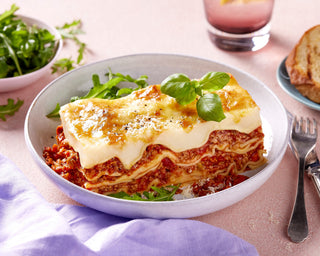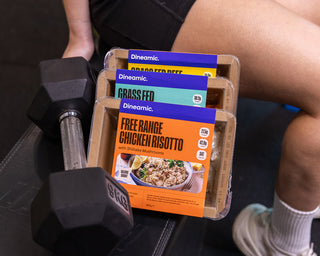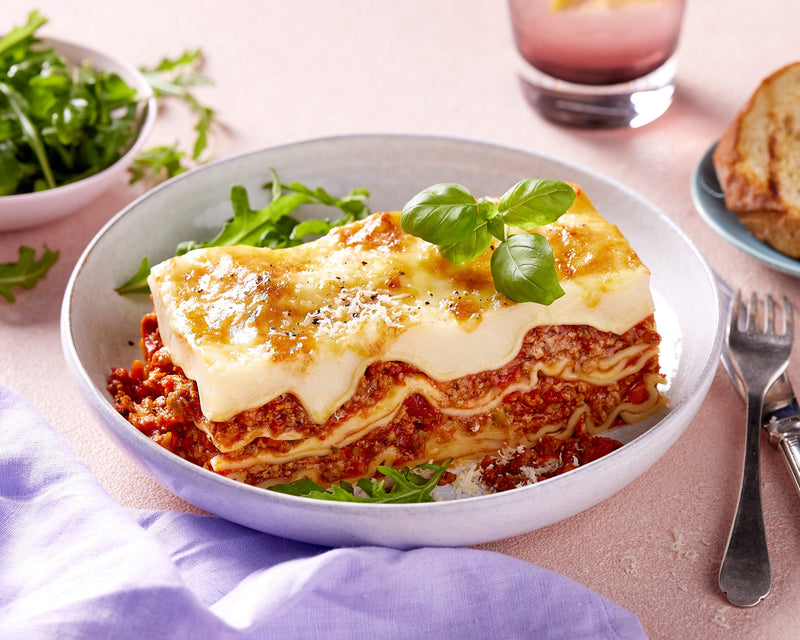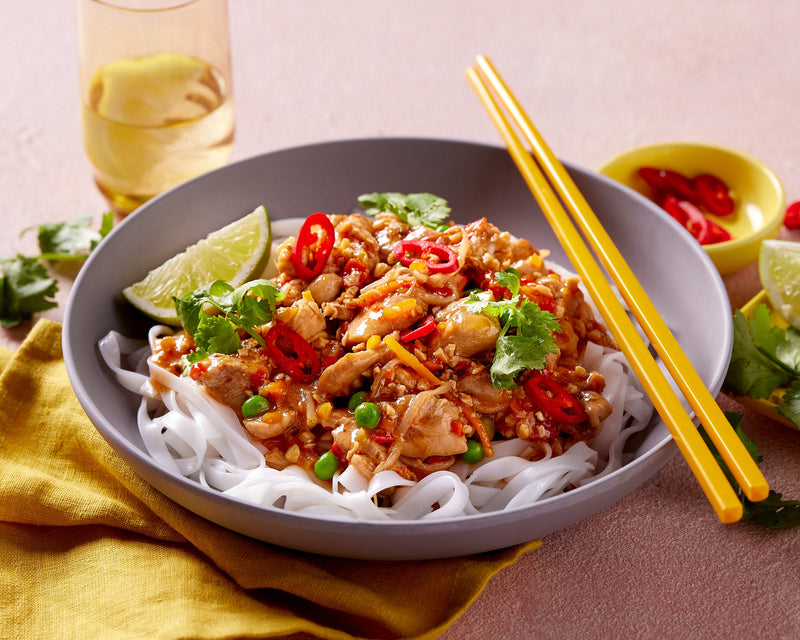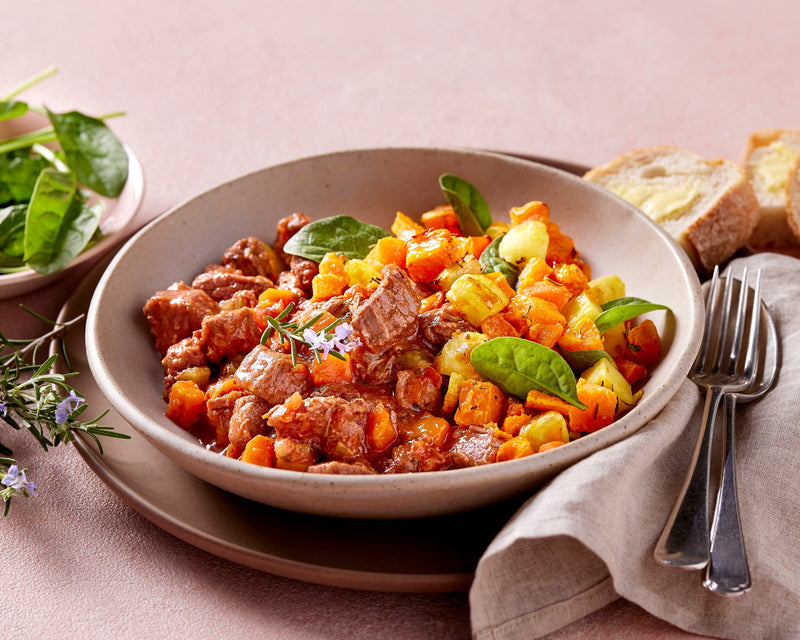
How many times have you heard the advice “eat less processed food”? Us humans have a long record of demonizing foods, from rejecting innocent carbohydrates and gluten, to processed foods becoming synonymous with unhealthy. The real question is whether we should eliminate processed food from our diet?
To get started, let's explore how foods are categorised...
Group 1: Natural and minimally processed foods
Natural foods come straight from animals and plants and does not go through any modification (1). Minimally processed foods have undergone cleaning, removal of inedible parts, pasteurization, fermentation, or freezing to improve preservation, but it does not contain added substances (e.g., oil, salt, or sugar) (1). A few minimally processed foods that are probably in your fridge are pre-cut and washed fruits and vegetables, pasteurized milk, packaged brown rice, and dried herbs and spices.
Group 2: Processed culinary ingredients
These are obtained from whole foods by processes such as refining, pressing, milling, or pulverising (1). These products are likely in your pantry which you use to cook and season foods including oil from nuts or seeds, honey, sugar, and corn starch.
Group 3: Processed foods
Processed foods are products which use minimally processed or natural foods that contain more than one added ingredient (e.g., herbs, spices, oils, sugar, or salt) (2). A few of these foods are bread, cheese, canned fish, and tomato pastes.
Group 4: Ultra-processed foods
These foods are mostly made from refined grains, added food substances (e.g., salt, sugar, fat), and artificial ingredients (e.g., food additives, flavour enhancers or colours) to increase palatability (3). These products used a small proportion of whole foods, and primarily uses minimally processed foods with high amounts of sugar, salt, or fats, which makes it low on nutritional value (3). These ultra-processed foods are sugar-sweetened beverages, cookies, ice creams, pre-prepared pizza, and more.
Did these throw you for a loop? Nearly all foods are processed, but it does not make them all unhealthy.
Food processing is astounding. It opened the doors to improving storage of foods, the availability of frozen vegetables when the fresh produce prices are too high, pasteurization of egg and milk that makes the food safer, and the convenience of having pre-packed salads, ready-to-eat meals, canned fish, bread, and microwave rice. If you hear that famous advice about processed foods again, you will know that it is pertaining to ultra-processed foods.
References
1. Monteiro C, Cannon G, Levy R, Moubarac J, Jaime P, Martins A, et al. Food classification. Public health NOVA. The star shines bright. World Nutr. J. 2016 [cited 2022 Sept 09]; 7(1-3). Available from: http://archive.wphna.org/wp-content/uploads/2016/01/WN-2016-7-1-3-28-38-Monteiro-Cannon-Levy-et-al-NOVA.pdf
2. Food Standards Australia & New Zealand. Processed Foods [Internet]. Australia: Food Standards Australia & New Zealand; 2020. Available from: https://www.foodstandards.gov.au/consumer/generalissues/Pages/processed-foods.aspx
3. Gibney M. Ultra-Processed Foods: Definitions and Policy Issues. Curr Dev Nutr. [Internet]. 2018;3(2). DOI: 10.1093/cdn/nzy077


